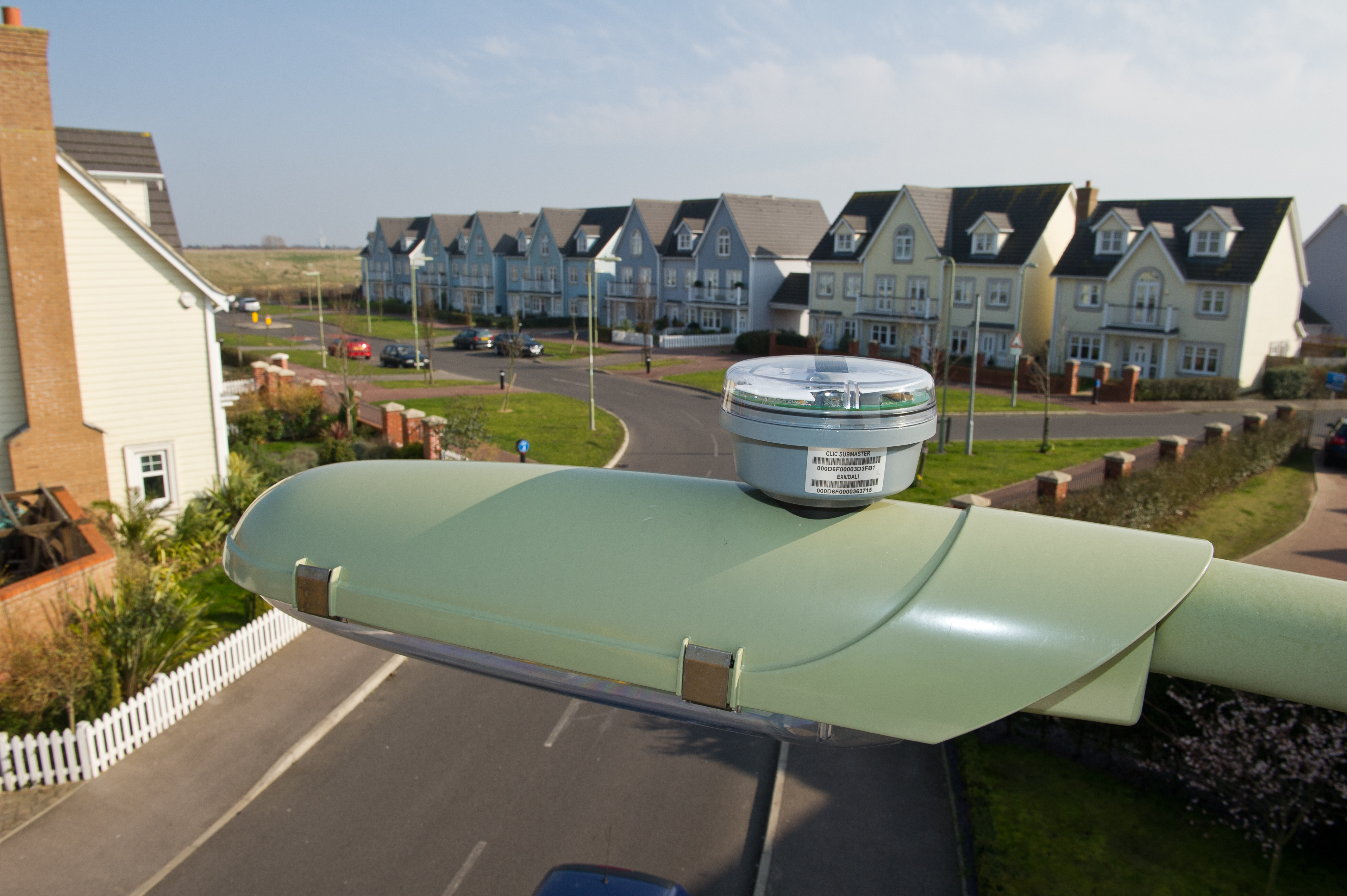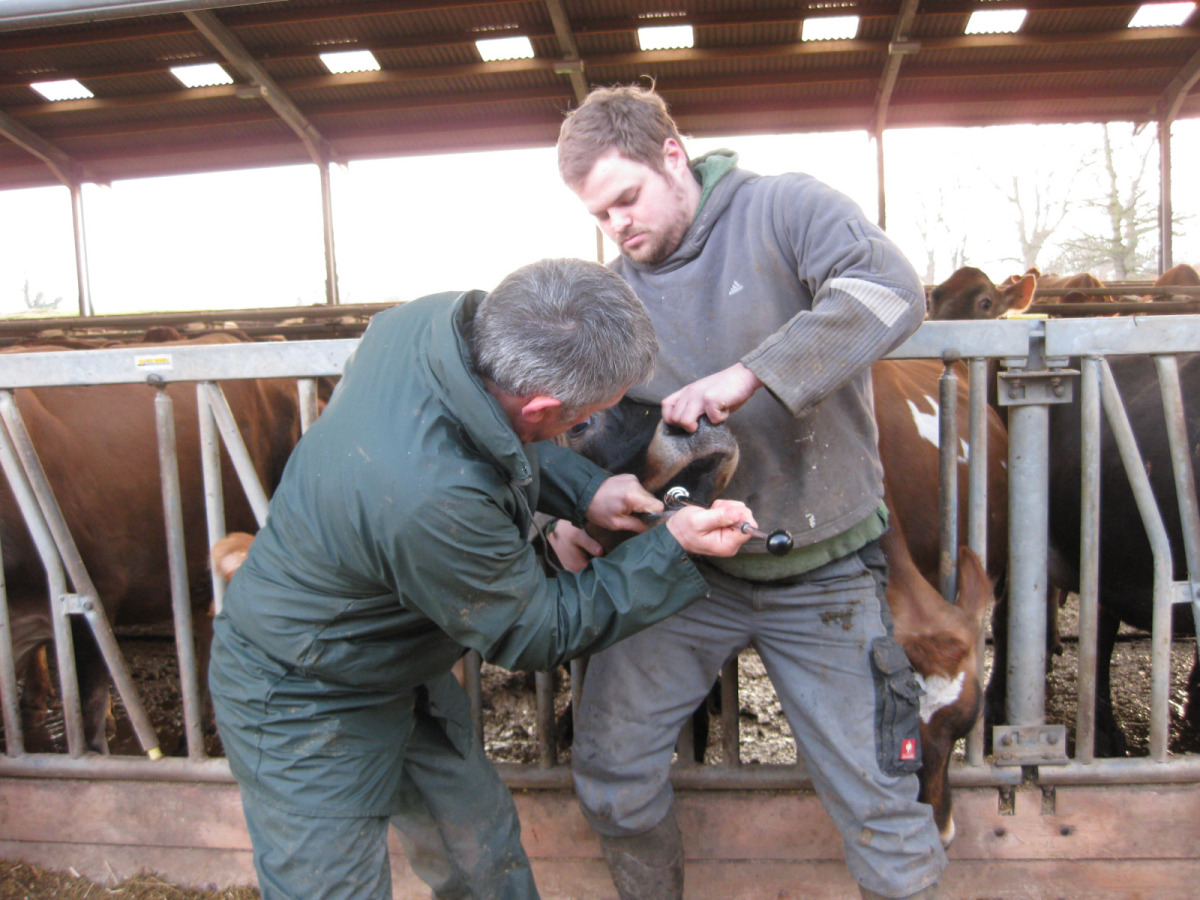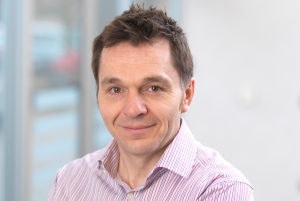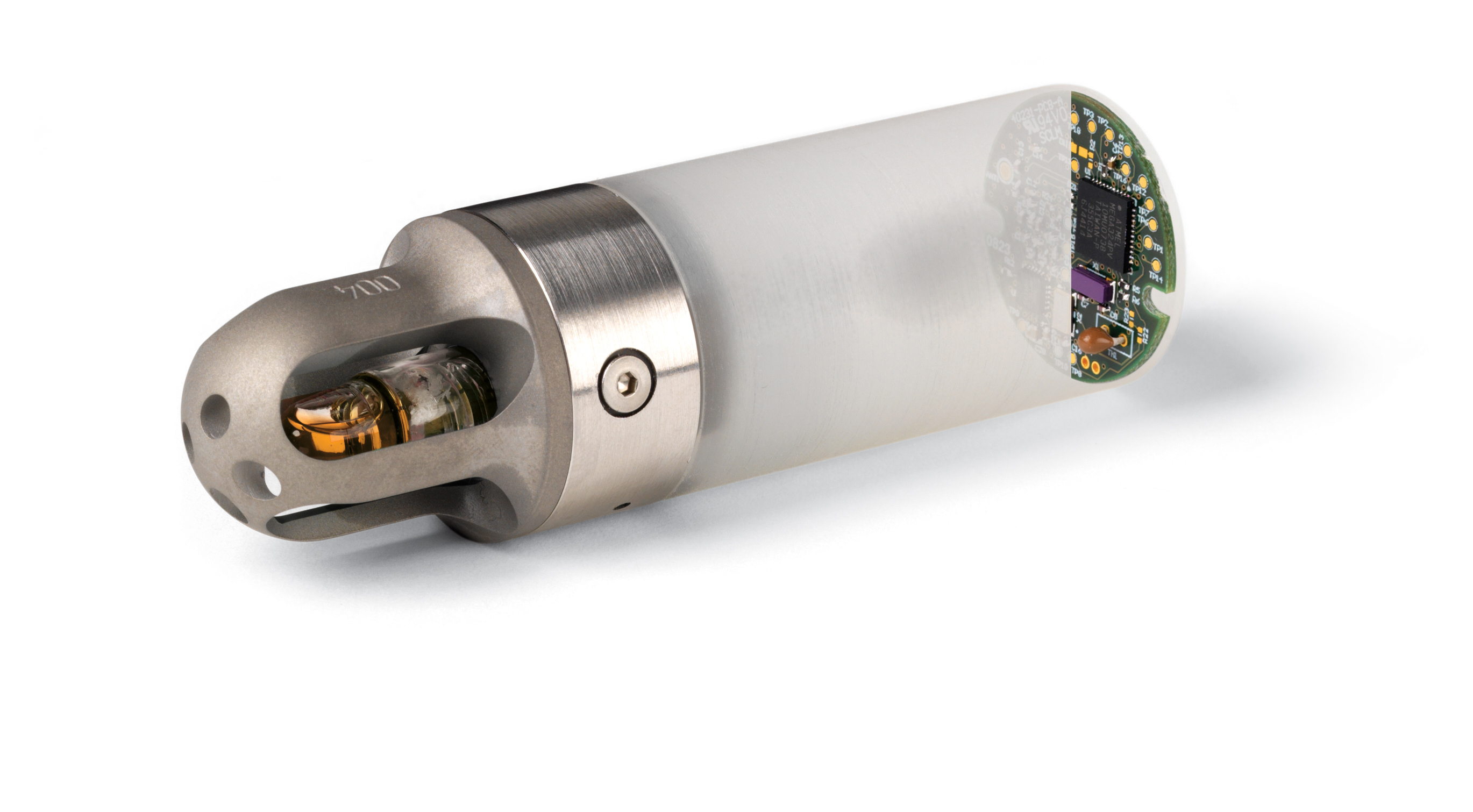If you believe the hype and optimistic predictions, the number of connected devices will be anywhere between 10 billion and 50 billion by 2020, with potential to generate up to $19 trillion of value.
While the reality is likely to be somewhat different, the Internet of Things (IoT) is certainly driving investment in new applications to harness opportunities in a new connected world.
The danger is that companies will focus too much on the technology and not on how to monetise it. Unlike the ‘Internet of Computers’, which offers low deployment costs and even lower scaling costs, the Internet of Things comes at material cost: components, manufacturing, distribution, commissioning, management and maintenance.
It is not sufficient to hope that value will emerge if we, ‘do some exciting IoT stuff’. Rather, to paraphrase John F Kennedy, ‘we have to ask not what we can do for the Things, but what the Things can do for us’, says Steve Baker.
While much of the hype is around connected devices in homes such as heating and air-conditioning systems, security alarms, fridges, freezers and washing machines, such consumer applications are, at best, in ‘early adopter’ territory. The here-and-now opportunities for the IoT lie in commercial and industrial sectors, where devices and connectivity can have an impact on operational effectiveness, risk management and customer engagement.
Operational effectiveness
When it comes to reducing costs or increasing outputs – the IoT can be transformational. Mayflower, a subsidiary of Scottish and Southern Energy, manages 300,000 street lights in the UK and Ireland. The smart lighting control system that they have developed with TTP delivers a 50% reduction in power consumption compared to the systems it replaces.

Equally importantly, automated fault reporting further reduces operational costs by ensuring that service and maintenance effort is precisely targeted. As a side benefit, the system can also evidence compliance with the SLAs in their local authority contracts.
In the field of livestock farming, another UK company, Well Cow, offers the world’s first automated, continuous, long-term measurement of digestive health in dairy herds. Using a unique wireless telemetry bolus, developed with the help of TTP, this IoT system monitors rumen pH and recommends adjustments to feed – for example, the addition of fibre or inclusion of alkaline buffers – to ensure the welfare of the cattle. Healthier cows have a higher milk yield and, ultimately, improve the farmer’s profitability.
The art of servitisation
Servitisation – transitioning a product business into a service business – has the potential to address efficiency, risk and customer engagement all at once. Such a move is far from trivial – and indeed attempting such a transition without careful consideration should in itself be considered a risk for a business. But with IoT technology designed to support the business model, the impact can be huge.
This is well illustrated by a recent project undertaken for a chemical manufacturer who supplies treatments for industrial plant. Large operators with many sites and installations, use a network of independent maintenance contractors who dose their machinery to maintain performance and service life. Samples of treated fluid are sent for analysis and only when it is confirmed that dosing was performed correctly – a process that can take a considerable time – is payment made for the maintenance call.
This chemical manufacturer was exposed to a number of risks including product substitution and even product avoidance. Some contractors would not dose systems properly, but instead simply submit samples of the diluted chemical, presenting a potentially huge reputational risk – high failure rates of supposedly-protected systems – combined with the loss of revenue.
The fundamental challenge was to ensure that systems were dosed with the right amount of the right chemical and while this could have been achieved by establishing an in-house maintenance organisation, this would add cost and complexity for a non-core activity.
Instead, the company saw a way to bring value both to equipment operators and maintenance providers using sensing and dispensing techniques connected via the cloud. The newly engineered system incorporates a combined sensor and dosing port that reports system status to a cloud server.
Service calls get scheduled on the basis of specific needs at specific sites, based on the constant monitoring of each machine. RFID is used to ensure that the right chemical treatment is applied to a given machine while, at the same time, ensuring that substitute chemicals cannot be used.
The condition is monitored continuously and automatically, so there is no need to collect samples for later analysis. Instead, using a smartphone app, the maintenance operator simply receives immediate confirmation from the cloud platform that the service call was completed satisfactorily, and this also serves as confirmation that payment is on its way.
This IoT-enabled model allows the chemical company to provide an ‘optimised chemical dosing service’ rather than supplying packaged chemicals to maintenance providers.
As a result, equipment operators enjoy a higher quality of service, with assurance of optimal dosing and a reduction in costs arising from equipment failure. Maintenance crews benefit from a simple app-based scheduling platform and – more importantly for principally small, independent operators – immediate payment for service calls.
Meanwhile, the chemical company achieves a lower cost base for the same revenue stream, eliminates product substitution and over-dosing, and secures the engagement of the independent maintenance operators who are key enablers in the service delivery chain.
This project – like Well Cow and Mayflower – has not been short of technical innovation, with novel flow measurement, chemical sensing, high penetration wireless and low power RFID technologies all playing a part. But the most important innovation was the rethinking of the business model, which came before any discussion of Things.
For more information on TTP, go to www.ttp.com
The author of this blog is Steve Baker from leading research and product development company TTP, explained why when it comes to the Internet of Things, first thoughts should not be about technology but the business model.
Comment on this article below or via Twitter: @IoTNow_ OR @jcIoTnow











